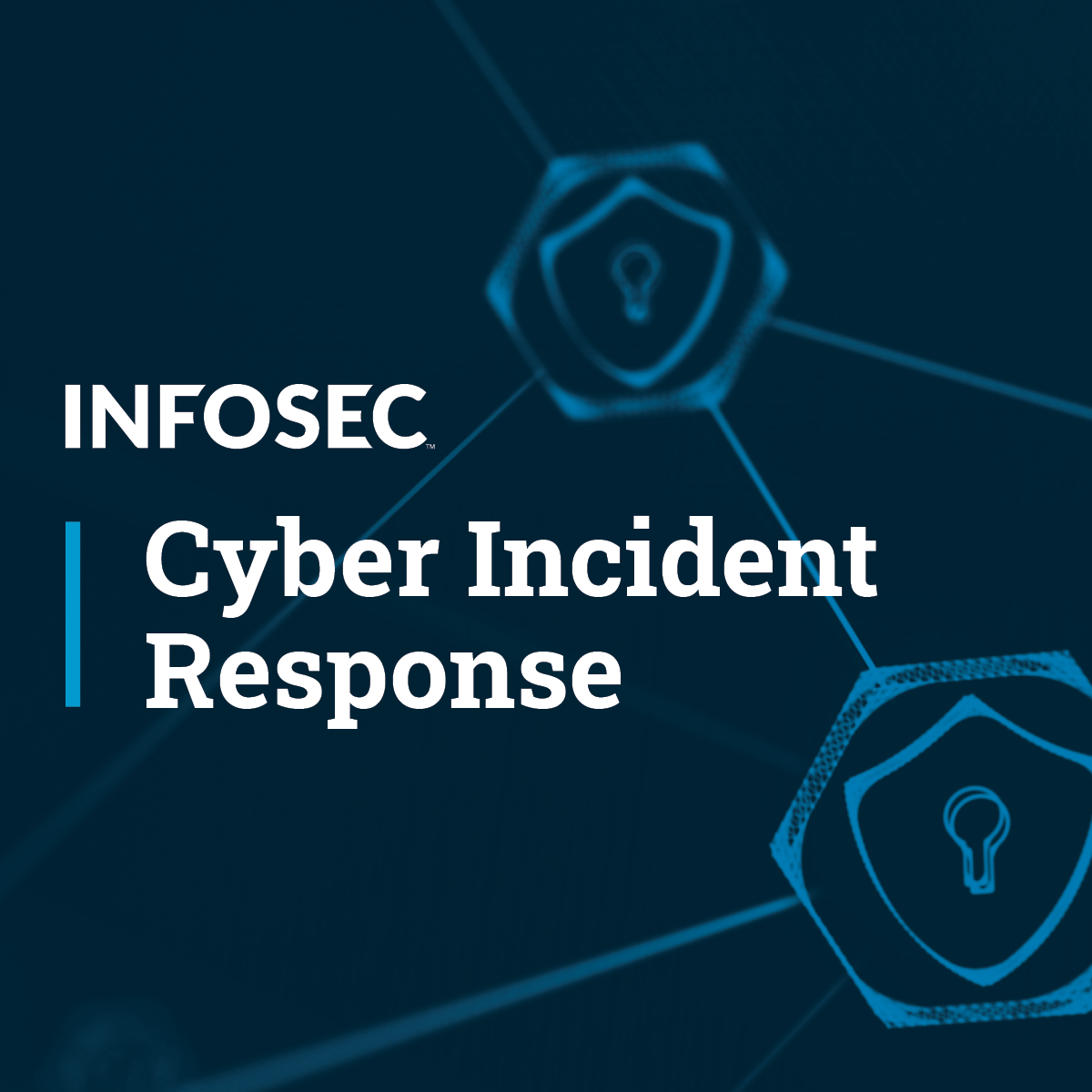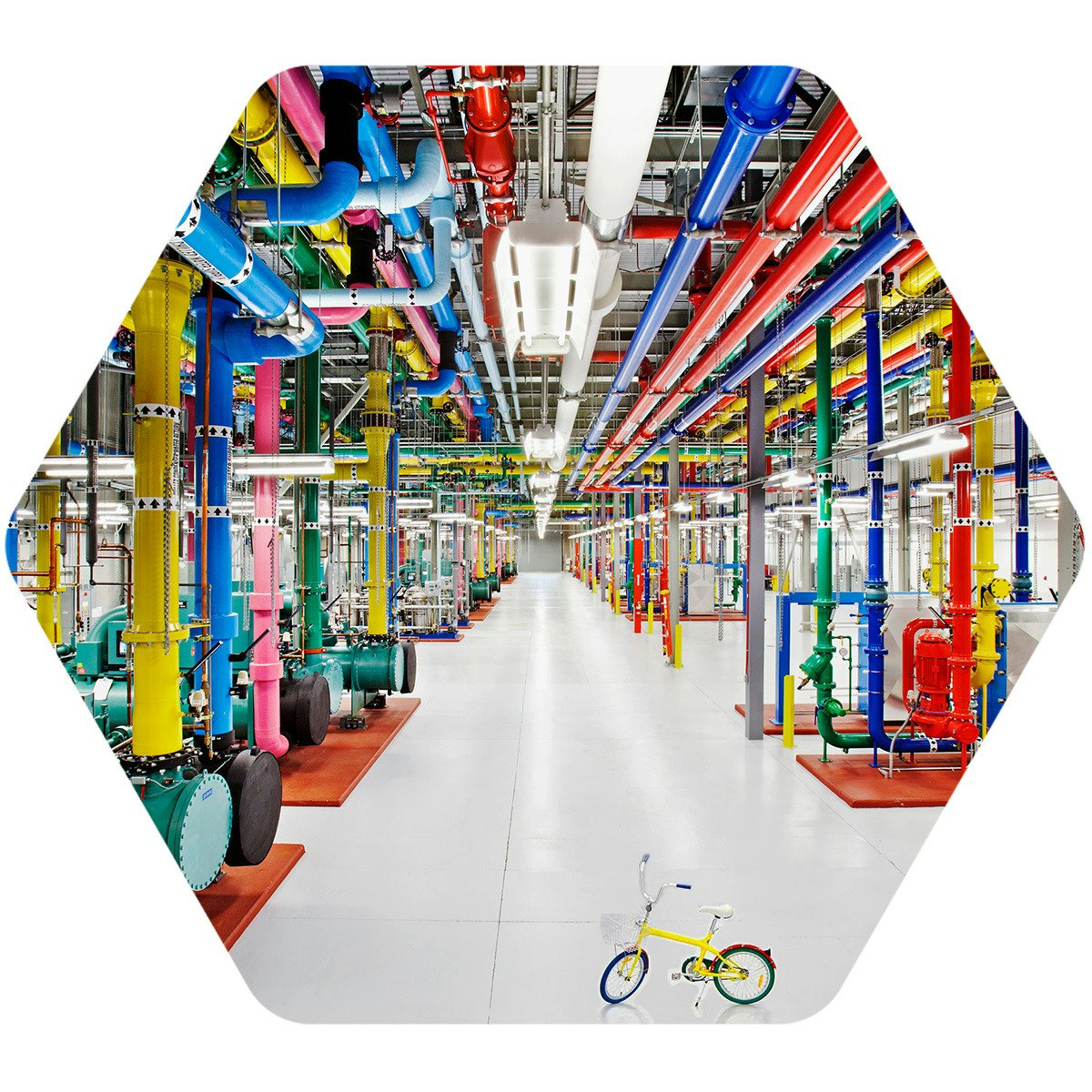Back to Courses









Computer Security And Networks Courses - Page 22
Showing results 211-220 of 277

The GRC Approach to Managing Cybersecurity
Managing cybersecurity is about managing risk, specifically the risk to information assets of valued by an organization. This course examines the role of Governance, Risk Management, and Compliance (GRC) as part of the Cybersecurity management process, including key functions of planning, policies, and the administration of technologies to support the protection of critical information assets.
In this course, a learner will be able to:
● Identify the importance and functions of Governance, Risk Management, and Compliance in Cybersecurity program management.
● Describe best practices in risk management including the domains of risk assessment and risk treatment.
● Describe the structure and content of Cybersecurity-related strategy, plans, and planning
● Identify the key components and methodologies of Cybersecurity policies and policy development
● Discuss the role of performance measures as a method to assess and improve GRC programs

A General Approach to Risk Management
Every organization uses its information to support its business operations. When there are threats in the internal and external environments, they create the risk of information loss or damage. This course examines the design and construction of a risk management program, including policies and plans, to support the identification and treatment of risk to the organization’s information assets.

Cyber Incident Response
The Cyber Incident Response course will give students an understanding of how incidents are responded to at a high level, as well as allow them to build important technical skills through the hands-on labs and projects.
This course starts with a high-level discussion of what happens at each phase of responding to an incident, followed by a technical deep dive into some of the more exciting parts of memory, network, and host analysis and forensics. This course is for anyone wishing to apply learned forensics and offensive knowledge such as ethical hacking to the incident response process.

Google Cloud Fundamentals: Core Infrastructure
Google Cloud Fundamentals: Core Infrastructure introduces important concepts and terminology for working with Google Cloud. Through videos and hands-on labs, this course presents and compares many of Google Cloud's computing and storage services, along with important resource and policy management tools.

Managing Linux Systems
In this course, we look at how to manage a system with the Linux operating system installed. The course material is a good for anyone preparing for the Linux Foundation Certified IT Associate (LFCA) exam or just interested in learning more about Linux.

Continuous Integration
In today's world, software development is highly complex and often has large teams of developers working on small pieces of a larger software project. This course will go over the basic principles of using a continuous integration system effectively to constantly improve software. We're going to describe the different stations of continuous test, build, integration and deploy processes required for DevOps practices and apply best practices for quality software management, and tooling to accomplish iterative software build & test processes. You will be able to create an automated job for continuous build, test, integrate, and deploy with Travis CI and use branching and project workflows to enhance the quality, speed and feedback loops for your software assets. We'll describe the attributes of Deterministic Builds and how they are applied within the CI pipeline and use the Continuous Integration data and analytics to measure and improve the health of your software assets. Automation at scale is now more achievable for software development teams, as continuous integration makes it possible.

Cryptographic Hash and Integrity Protection
Welcome to Cryptographic Hash and Integrity Protection!
This course reviews cryptographic hash functions in general and their use in the forms of hash chain and hash tree (Merkle tree). Building on hash functions, the course describes message authentication focusing on message authentication code (MAC) based on symmetric keys. We then discuss digital signatures based on asymmetric cryptography, providing security properties such as non-repudiation which were unavailable in symmetric-cryptography-based message authentication.
This course is a part of the Applied Cryptography specialization.

Cloud Technologies & Services
The Cloud Technology course is intended to level set learners on key products and technologies - such as compute, storage and networking that make up the "Cloud". In addition, learners will learn basic concepts of other technologies like containers, media and telemetry. The Cloud Services module will drill more deeply into the services that are made available in the cloud environment. The student completing this module will be able to describe the components of a cloud service including VPC, networking and cloud security. In addition, this module includes a discussion around cloud supply lines and the key players in the cloud channel.

Install and Use Cloud Tools for PowerShell
This is a self-paced lab that takes place in the Google Cloud console.
In this lab you will learn all about Google Cloud Platform Tools for PowerShell. You will practice installation, authentication, working with Compute Engine from PowerShell, as well as how to backup data to Google Cloud Storage from PowerShell.

Parametrize Queries to Protect Against Injections with Java
By the end of this project you will be able to build a simple PostgreSQL database, we will interact with this simple database by creating a simple Java application that will use parameterized queries so as to prevent SQL injection attacks by using various well known methods that are widely used in the industry to protect against SQL injection attacks. This is an intermediate level project for developers and software engineers that work in the tech industry , who have an interest in further developing their knowledge of Java in software development and creating secure backend systems. we will be using Java as it offers various methods to protect the system from SQL injections
Popular Internships and Jobs by Categories
Find Jobs & Internships
Browse
© 2024 BoostGrad | All rights reserved